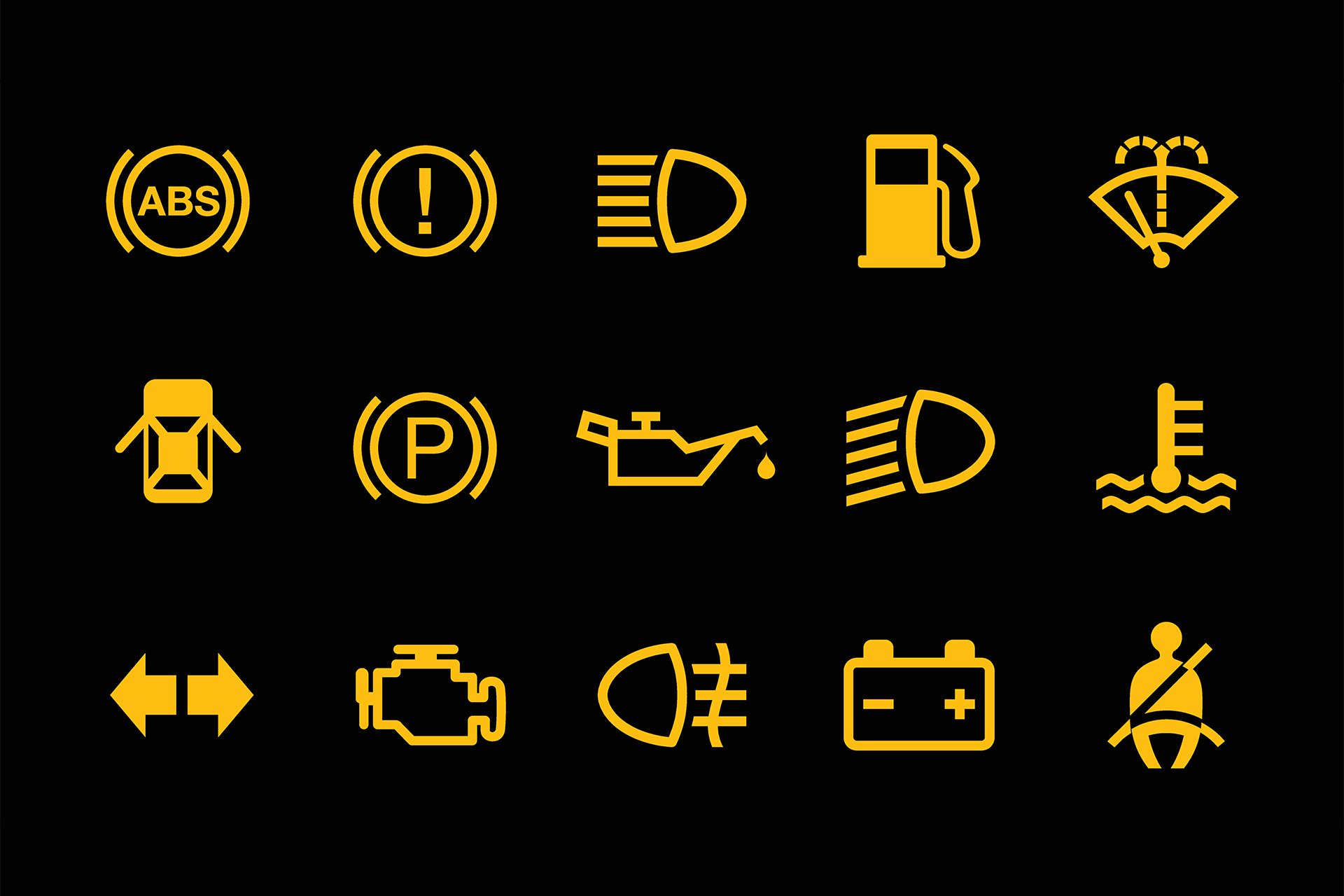Learning how to carry out regular maintenance of your vehicle(s) is a vital part of being a responsible driver or Fleet Operator. Relatively simple tasks such as checking the brakes and tyre pressures can help prevent serious accidents and need to be carried out regularly.

It is important to draw up a routine vehicle maintenance checklist; preventative maintenance can also help reduce costly repairs and avoid issues over the life of the vehicle. When leasing a vehicle, adding a Maintenance Package at the start of the contract can often be beneficial and cheaper than dealing with potentially expensive repairs further into the contract.
When leasing a vehicle, you should compile a maintenance checklist to ensure your vehicle is kept in good condition thereby avoiding potential accidents and risk of expensive repairs.
These regular maintenance checks should be carried out every three months or every 3,000 miles. While proceeding, you would need to make sure:
If you are unable to carry out all these checks yourself, it is important to ask someone to help you with them and if drivers have any doubts about any of these tasks, they can always refer to the manufacturer’s handbook.
You should never ignore dashboard warning lights. If your vehicle is advising it needs a professional service, it needs to be checked. Even more so if a light is telling you that there may be a fault with a specific part of the vehicle. The same applies for any abnormal noise; if the sound comes on whilst you’re driving or if it becomes more persistent, be safe and pull over.
If drips or puddles appear under your vehicle, it can be the sign of a leak that might need attention.
In addition, if you notice unusual brake control or frequent stalling, it may be because the brake pads are wearing down or that the battery is struggling to generate power. Many of these things may not be alarming but they should all be checked by a professional who will be able to assess the severity level of the fault and determine the steps that need to be taken to get you and your drivers back on the road safely.
Many manufacturers recommend a 30-60-90 maintenance schedule, which means that certain parts of the vehicle need to be inspected at 30,000, 60,000 and 90,000 miles. Many systems will alert you when these milestones have been passed and suggest you book a service with an approved repairer.
The two main areas that need to be checked more regularly than the 30-60-90 model are the oil and oil filter and tyres. Recent vehicles will run safely between 5,000 and 10,000 miles before needing to change the oil. To be on the safe side, checking the oil level before starting a long journey is recommended.
We recommend you check tyre pressure and tread regularly and always before a long journey.
When considering a long-term car or van rental, Leasys offers a wide range of leasing products and services, including Maintenance Packages which will enable you to save time and money and keep you and your drivers on the road for longer.